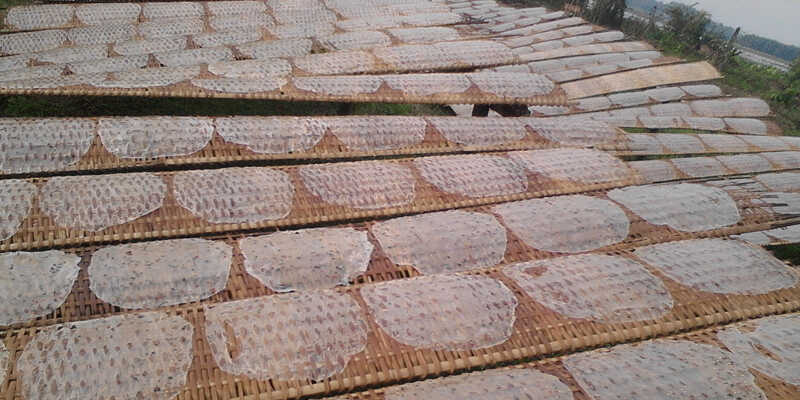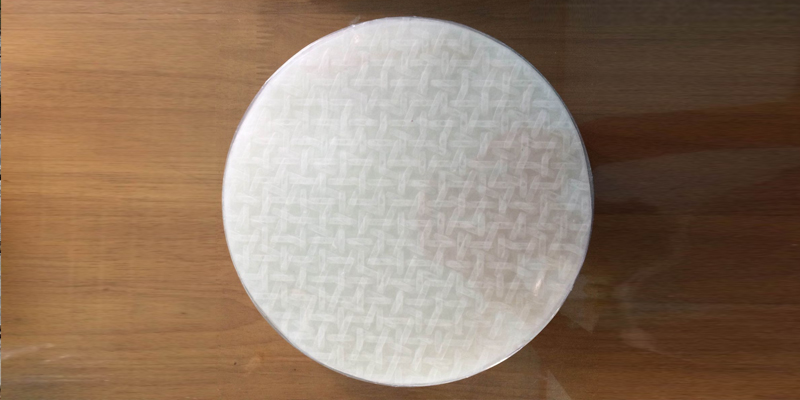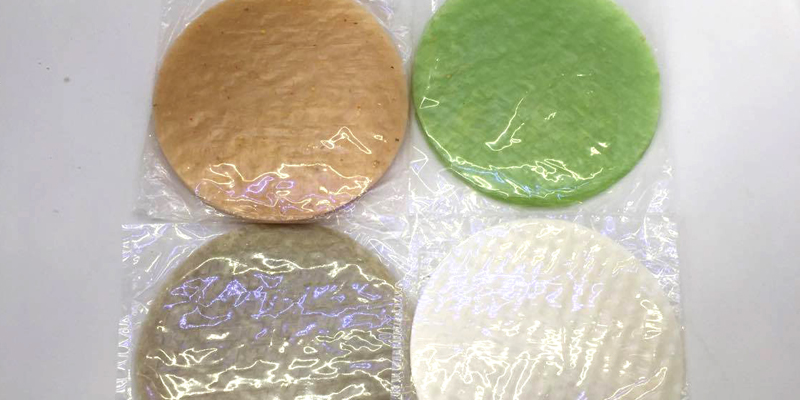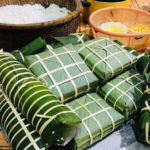Taste
With a myriad of rice paper brands and manufacturers, the options are endless. The key to a great rice paper experience lies in finding the one that suits your unique taste preferences.
Despite the variety, the best rice papers share common traits: a delicate blend of rice and wheat flour that delivers a subtle, satisfying flavor.
Thinly rolled, the finest rice papers are supple yet strong, resisting tears when dipped in water.
 Taste
Taste
Aroma
The aroma of high-quality rice paper is a subtle blend of rice and wheat flour, enhanced by the addition of black sesame and green tea, creating a delicate and enticing fragrance.

Color
Untreated rice paper boasts an ivory hue, a testament to the natural color of rice post-grinding. This organic shade is occasionally accented by subtle hints of green from tea and pale yellow from sesame, creating a subtle, natural palette.

Food Safety
To ensure food safety, it’s imperative to purchase rice paper from reputable sources and trusted brands. Opt for packaged rice paper to maintain freshness and prevent contamination.

We hope this guide helps you select the finest rice paper for your family. In addition to our quality rice paper, we also offer a range of snacks and treats for those craving something extra.
8 Common Mistakes People Make with Cutting Boards
Are you using your cutting board correctly? Many Vietnamese households rely on cutting boards in their kitchen, but not everyone knows how to use them properly, especially when it comes to wooden cutting boards. Check out these 8 mistakes to avoid when using a cutting board to ensure both hygiene and safety for everyone in your family.
Is Refrigerated Leftovers Linked to an Increased Risk of Cancer?
Dr. Lam Van Man, Head of Research, Development and Technology Transfer Department of the Institute of Safety Food, has warned of the risk of food poisoning when reheating leftovers from the refrigerator. But what should we be aware of when it comes to the possibility of these leftovers causing cancer? Here, we explore what the experts have to say on the matter and offer some tips for safe eating.
taste-comparison-of-stir-frying-ramen-noodles-with-or-without-seasoning-packet-added-first/’ title=’Making an Impact on the Taste: Comparison of Stir-Frying Ramen Noodles with or without Seasoning Packet Added First’>Making an Impact on the Taste: Comparison of Stir-Frying Ramen Noodles with or without Seasoning Packet Added First
Preserving Leftover Food from the Tet Holiday
With the beginning of the Lunar New Year, many households are stocking up on food to celebrate the festive occasion. While keeping food in the refrigerator is convenient, it can also be harmful to users if not done correctly. We have compiled a few tips to help ensure food remains fresh and safe to consume during Tet.






































